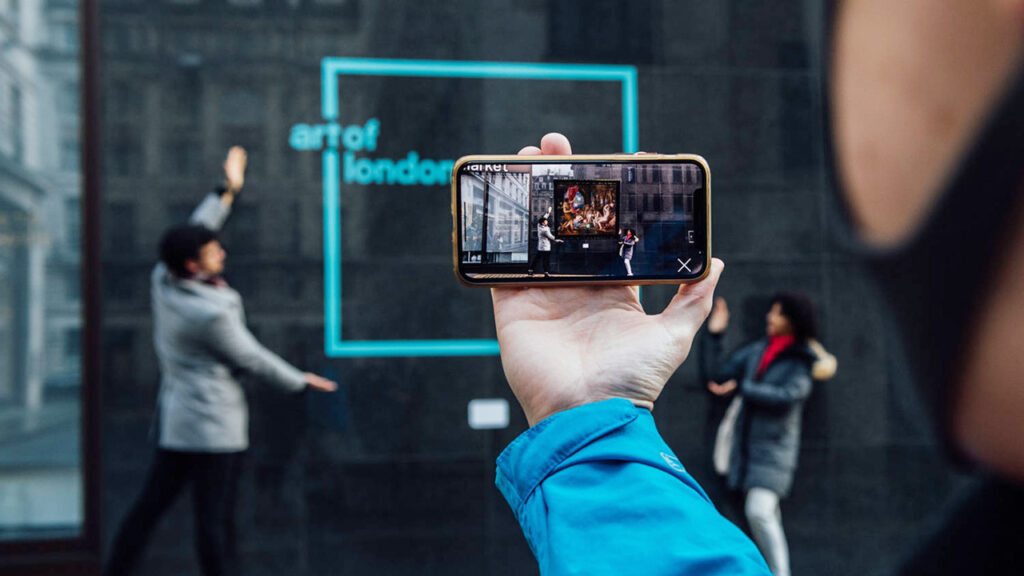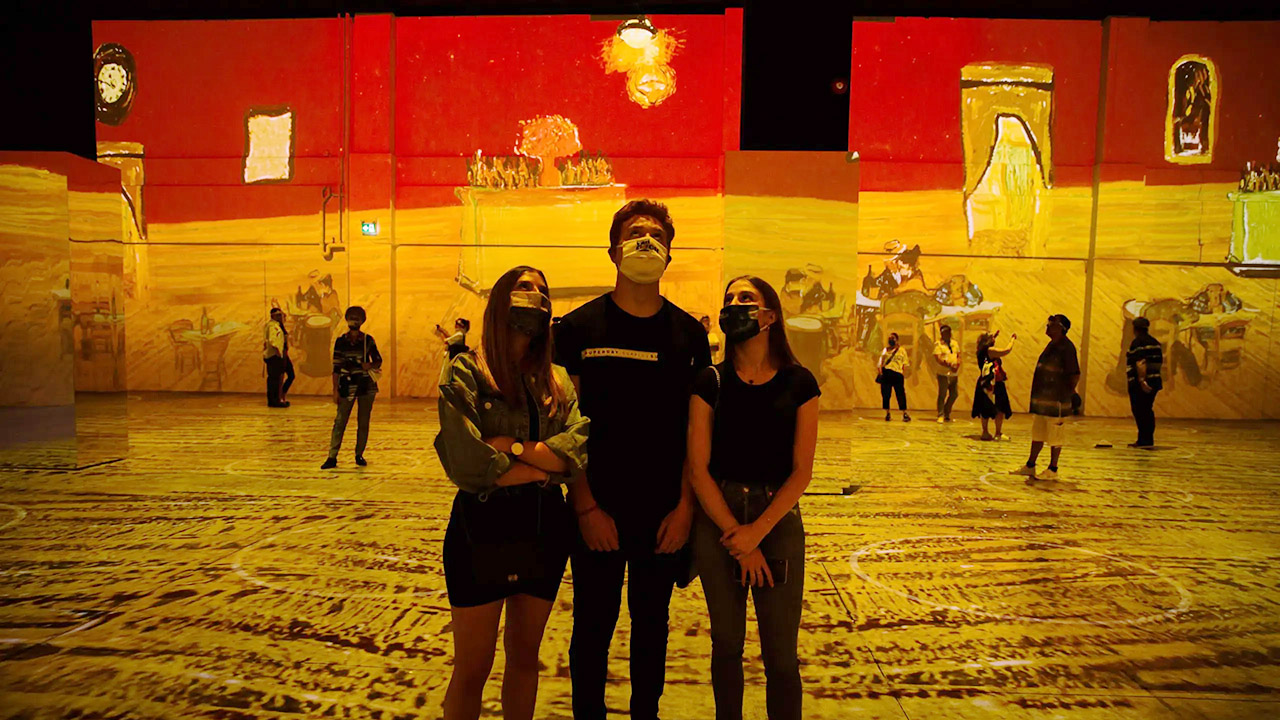As cultural organizations reopen and reemerge onto a newly digital landscape, Jing Culture & Commerce is featuring insights from Catherine Devine, Business Strategy Leader of Libraries & Museums at Microsoft. In her monthly guest series, she shares how institutions can best enhance their infrastructure and programming to meet the digital moment. Read more of her columns here.
I recall trailing the flow of a museum exhibition behind a father-daughter pair. The daughter didn’t quite have the reading level to understand the meticulously tailored and well thought-out exhibition labels, so her father sat there reading each one to her. I was struck by how he had to take the time to do that — why not have an experience that visitors, no matter their age, can interact with? And had this man not brought his child into the museum, would she have gotten to experience it at all?
Museums, libraries, and countless other types of cultural institutions are fantastic at creating gorgeous architectural wonders to house artifacts, art, and specimens. With this, creating the exhibitions has become an art form. Unfortunately, the pandemic forced cultural organizations to realize that there needs to be something beyond the “physical,” forcing many to answer the question: how are we connecting with audiences when the physical doors must be shut?
Experiences should be leveraging technology to augment perspectives — different lenses for different audiences. Does your exhibition have the ability to reach all potential audiences and meet them at their level? Can your important content and stories connect with your visitors regardless of your doors being open or shut? I am not suggesting that the physical museum should disappear. In fact, I am saying the opposite: why limit your institution to the physical?

Art of London’s Augmented Gallery app allowed users to view and experience various artworks in public spaces via AR — vastly expanding the physical borders of museums and galleries over lockdowns in London. Image: Art of London
With COVID vaccines becoming more available and businesses opening up again, museums can’t afford to wait. They need to reach people who are not coming to the museum, regardless of the reason they aren’t coming through the doors. By undergoing a digital transformation to achieve this, you:
- Enable access
- Increase the path to monetization
- Put your organization’s mission into practice
Taking this a step further, even in a post-COVID world, why do so many exhibitions have a “technology” component that is something visitors have to physically experience and touch? “Doing something digital” for an exhibition, oftentimes becomes an afterthought, something that is done on the side when thinking through the entirety of an exhibition.
I’d like us to think of the digital and the physical as the overarching “experience,” with both components thought of holistically as part of the audience experience.
Consider where the world is going in terms of technology:
- Here can be anywhere. Technology is really a means to get you to your audience — a way to connect with them. Look at Microsoft Mesh and how, even while still at an early stage, the technology can enable presence and shared experiences from any location and via a mix of devices. Think of what that could mean if you were to create a museum experience where you could offer access across the globe — perhaps a “technology-only” experience.
- Let your collections do the heavy lifting. Thinking about how we connect digital assets and collections to audiences is another problem for many museums of all sizes. One example is the Terentia platform and how they are creating a Storytelling technology that’s designed to flow into an institution’s digital ecosystem and integrate with all collections-related data to create Stories that can be used in countless formats and mediums. Imagine how this could transform what you do and allow for even more creativity.
- Take inspiration from existing experiences. If you haven’t seen the Van Gogh Exhibition: The Immersive Experience (and I know there are a few), take note of the simplicity yet popularity of the experience. These are simply projections, but they create an immersive experience that brings them to people around the world who may not get to go to a Van Gogh exhibit. It’s also important to note that this is not a museum, but the type of cultural and educational entertainment that museums now have to compete with.
This may seem like a lot, but it is manageable and the way the world is headed. If you can take away two items from this, I want you to:
- Take a good look at your exhibition teams. There are a whole set of skills and disciplines you’ll need in addition to your existing team to collaborate with and make this type of technological advancement. Do you have those skills in place? Is training needed? Or more hires? Think about how you can achieve that ideal team.
- Continue to think differently and more broadly than you are today. What I’ve outlined above are the steps and concrete ideas that you must consider to achieve your organization’s mission.



